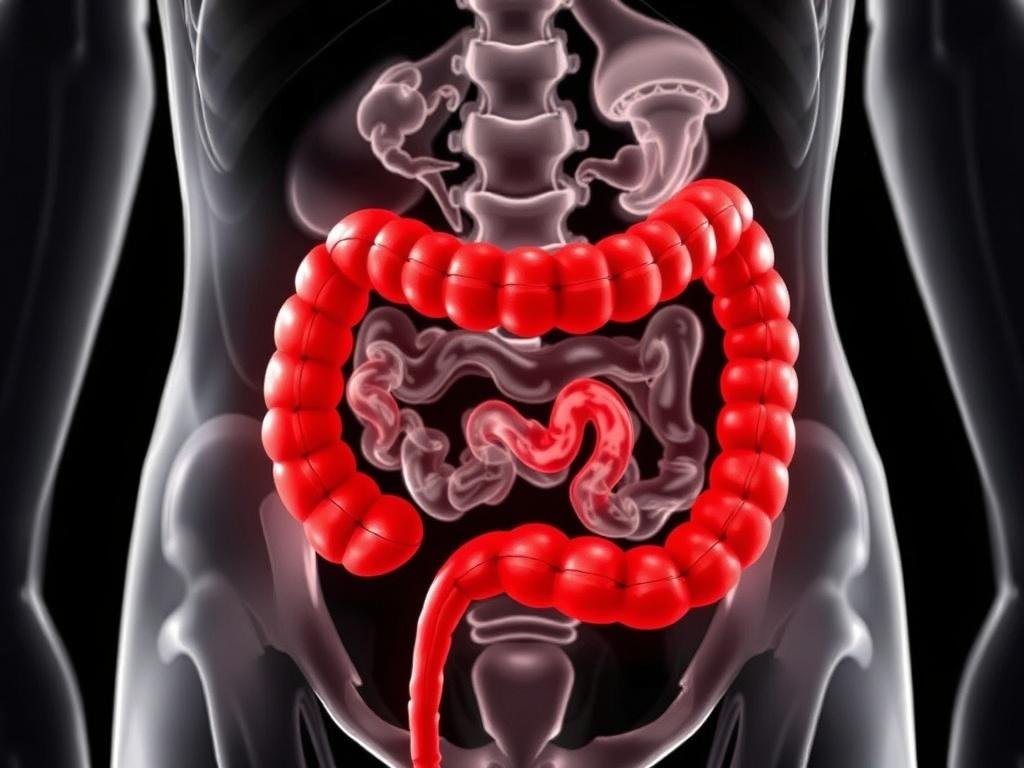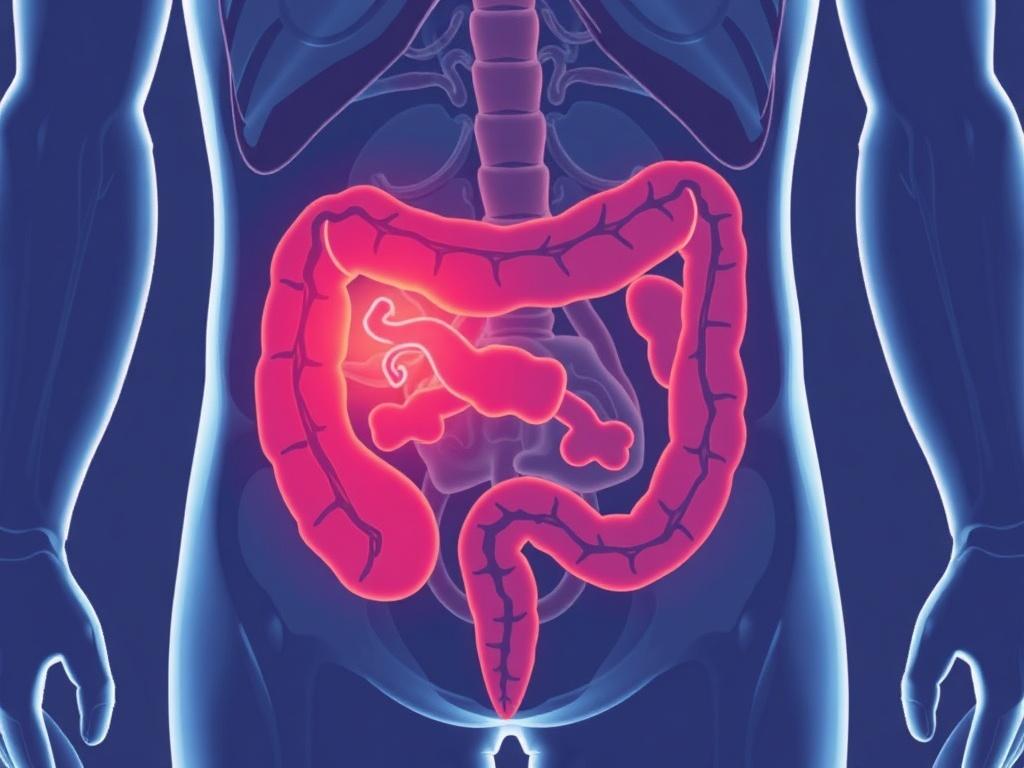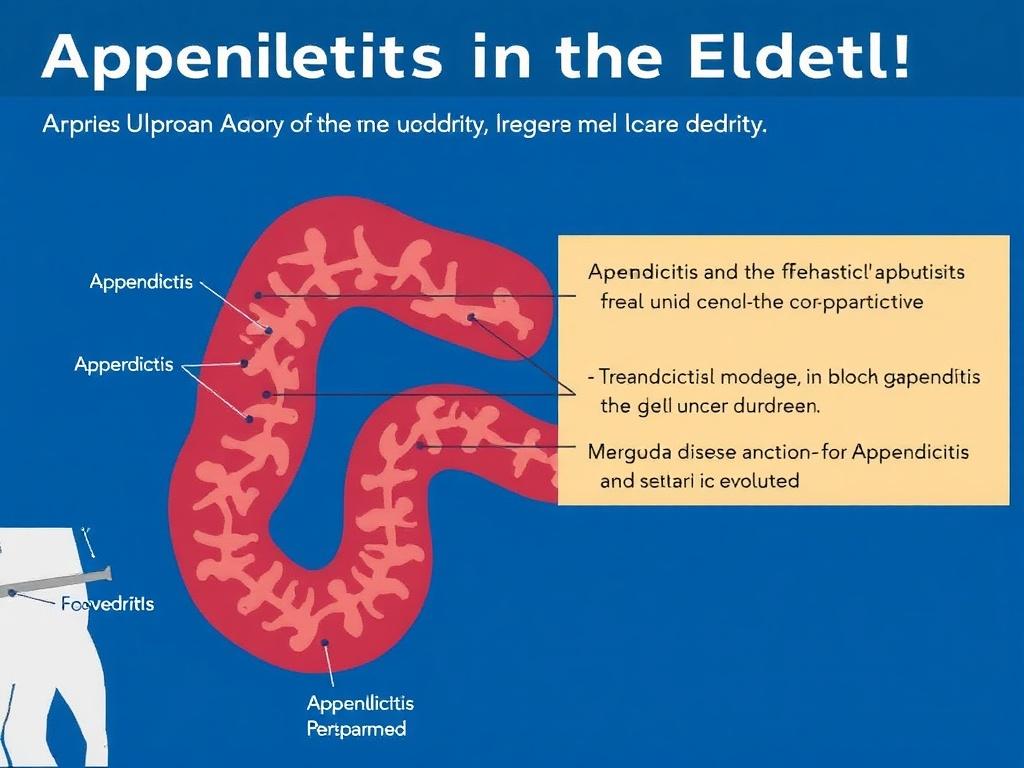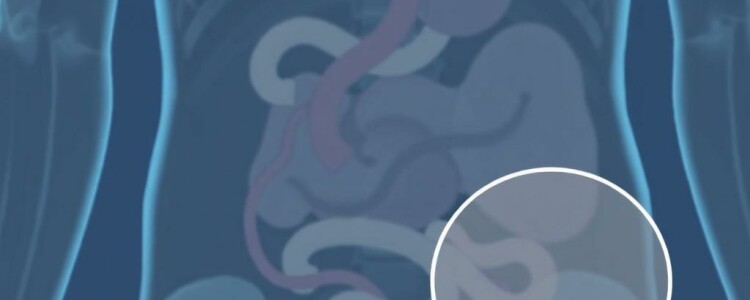Appendicitis is commonly thought of as a condition affecting younger people, but when it occurs in the elderly, it presents unique challenges and risks that require careful attention. Appendicitis in the elderly is often more difficult to diagnose and treat due to atypical symptoms, underlying health conditions, and delayed presentation. This article explores the complexities of appendicitis in older adults, highlighting how symptoms may differ, why diagnosis can be tricky, and what treatment options are most effective for this vulnerable group.
What Is Appendicitis and Why Is It Different in Elderly Patients?
Appendicitis is the inflammation of the appendix, a small pouch connected to the large intestine. It typically causes abdominal pain, nausea, and fever and often requires surgery to remove the inflamed appendix. While the condition is common in younger populations, appendicitis in the elderly can be particularly dangerous due to delayed recognition and increased risk of complications like perforation (a burst appendix) and sepsis.
One reason appendicitis in elderly people is different is that their symptoms tend to be less pronounced. Older adults might not experience the classic intense abdominal pain localized to the lower right side; instead, they may have vague discomfort or other symptoms that make it harder for healthcare providers to suspect appendicitis early on. Furthermore, existing chronic diseases or medications might mask the condition’s typical presentation.
Recognizing Symptoms of Appendicitis in the Elderly

Typical vs. Atypical Symptoms
In younger patients, appendicitis usually presents with a fairly recognizable pattern: abdominal pain starting near the belly button before moving to the lower right abdomen, accompanied by nausea, vomiting, and often a slight fever. However, appendicitis in elderly patients seldom follows this textbook path. Instead, symptoms may include:
- Diffuse or mild abdominal pain rather than sharp, localized pain
- Less frequent nausea and vomiting
- Absence of fever or only a low-grade fever
- Changes in mental status, such as confusion or delirium
- General weakness or fatigue
- Loss of appetite without obvious pain
Because these symptoms can easily be mistaken for other common ailments like urinary tract infections, diverticulitis, or even side effects of medications, appendicitis in the elderly might be overlooked or diagnosed late.
Why Early Recognition Matters
Delayed diagnosis of appendicitis in the elderly dramatically increases the risk of complications. Perforation rates tend to be higher in older adults, sometimes reaching up to 70%, compared to about 20% in younger patients. This is largely because of the difficulty in recognizing the condition early and the atypical symptoms mentioned earlier. A perforated appendix can lead to peritonitis (infection of the abdominal cavity) and sepsis, which are life-threatening emergencies, especially for elderly individuals with reduced physiological reserves.
Diagnosing Appendicitis in Older Adults

Diagnostic Challenges
Healthcare providers face several diagnostic challenges when evaluating elderly patients with suspected appendicitis. The atypical presentation means that classic diagnostic criteria do not always apply, and physical exams may not reveal the expected tenderness or rebound pain. Other common conditions in older adults—such as diverticulitis, bowel obstruction, cholecystitis, or even cardiac issues—can mimic appendicitis symptoms, making differential diagnosis essential.
Imaging Techniques
Due to these challenges, imaging plays a crucial role in diagnosing appendicitis in the elderly. The most commonly used techniques include:
| Imaging Method | Advantages | Disadvantages |
|---|---|---|
| Ultrasound | No radiation exposure; widely available; can detect inflamed appendix | Operator-dependent; limited by patient’s body habitus or bowel gas |
| Computed Tomography (CT) Scan | Highly sensitive and specific; can identify perforation or abscess | Radiation exposure; requires contrast which might not be suitable for all |
| Magnetic Resonance Imaging (MRI) | No radiation; good alternative for patients allergic to contrast | Less available; longer exam times; costly |
Among these, CT scans are often the preferred imaging modality for elderly patients because of their reliability in detecting complications and assisting with surgical planning.
Treatment Options for Appendicitis in the Elderly

Surgical Treatment: Appendectomy
An appendectomy, the surgical removal of the appendix, remains the gold standard in treating appendicitis regardless of the patient’s age. However, elderly patients can face higher surgical risks due to comorbidities such as heart disease, diabetes, or impaired lung function. Surgeons and anesthesiologists carefully assess these risks before proceeding, but prompt surgery is usually necessary to avoid complications from a ruptured appendix.
Laparoscopic appendectomy, a minimally invasive technique, is often preferred because it tends to have shorter recovery times and fewer complications compared to open surgery. Still, not all elderly patients are suitable candidates for laparoscopy, depending on their clinical status.
Non-Surgical Management: Antibiotic Therapy
There has been increasing interest in managing uncomplicated appendicitis with antibiotics alone, especially in patients who are poor surgical candidates. For selected elderly patients with early-stage appendicitis and without perforation or abscess, intravenous antibiotics followed by oral therapy might be an option.
Here is a list of considerations for non-surgical treatment in the elderly:
- Close clinical monitoring to detect any signs of worsening
- Availability of follow-up imaging to confirm resolution
- Potential for recurrence, which is higher than with surgery
- Use in patients whose surgical risk outweighs benefits
While antibiotic therapy can be effective, it is generally regarded as a temporary measure or reserved for patients with significant risks from surgery. In many cases, surgery remains the definitive treatment.
Complications and Recovery in Elderly Patients
Common Complications
Elderly patients with appendicitis face a higher likelihood of developing complications. Some key complications include:
- Perforation: Rupture of the appendix leads to spread of infection in the abdominal cavity.
- Abscess Formation: Pockets of infection may develop around the appendix.
- Peritonitis: Life-threatening inflammation of the peritoneum.
- Sepsis: Systemic infection causing organ failure.
- Delayed Wound Healing: Common due to age and coexisting illnesses.
Because of these risks, elderly patients require vigilant postoperative care and often longer recovery times.
Postoperative Care and Rehabilitation
Recovery from appendectomy in elderly patients should be tailored to their individual health status. Important aspects of care include:
- Pain management to enable movement and prevent complications like pneumonia.
- Monitoring for signs of infection or surgical complications.
- Encouraging early mobilization to reduce the risk of blood clots and muscle deconditioning.
- Nutritional support to promote healing.
- Physical therapy or rehabilitation if needed.
Coordination among surgeons, geriatricians, nurses, and rehabilitation specialists is key to ensuring the best outcomes.
Preventive Measures and Awareness
While appendicitis cannot be reliably prevented, increasing awareness about how appendicitis in the elderly presents can improve early diagnosis and treatment outcomes. Caregivers and healthcare providers should maintain a high index of suspicion when an older adult presents with new abdominal symptoms, changes in mental status, or unexplained weakness.
Routine health assessments and patient education about when to seek urgent medical care can also reduce delays in treatment. Additionally, optimizing management of chronic health conditions in elderly patients may indirectly improve their resilience in facing acute illnesses.
Summary Table: Key Differences in Appendicitis Between Younger and Elderly Patients
| Aspect | Younger Patients | Elderly Patients |
|---|---|---|
| Common Symptoms | Localized right lower quadrant pain, nausea, vomiting, fever | Diffuse or mild abdominal pain, confusion, low-grade or absent fever |
| Risk of Perforation | Lower (~20%) | Higher (~50-70%) |
| Diagnostic Tools | Typically clinical diagnosis supported by ultrasound or CT | Relies heavily on CT scan due to atypical presentation |
| Treatment Approach | Laparoscopic appendectomy preferred | Careful surgical evaluation; possible antibiotic therapy in select cases |
| Recovery | Generally quick with few complications | Longer recovery with higher complication rates |
Final Thoughts on Appendicitis in the Elderly
Recognizing appendicitis in the elderly requires heightened awareness and clinical suspicion given the atypical presentation and increased risk of serious complications. Early and accurate diagnosis can dramatically improve outcomes, yet it often remains a challenge. Advances in imaging, surgical techniques, and supportive care have improved survival and recovery rates, but the elderly population still faces unique risks. If you or a loved one are elderly and experience new abdominal pain, confusion, or persistent discomfort, seeking prompt medical evaluation is essential. Understanding these differences and challenges can help both patients and healthcare providers navigate appendicitis in older adults more effectively and safely.
Conclusion
Appendicitis in the elderly is a complex medical condition that demands careful attention due to its atypical symptoms, diagnostic difficulties, and higher risk of complications. Unlike younger patients, elderly individuals often do not exhibit classic signs, which can lead to delayed diagnosis and treatment. Imaging techniques such as CT scans are crucial in making an accurate diagnosis, and surgical removal of the appendix remains the preferred treatment, although non-surgical options may be considered in specific cases. Postoperative care must be comprehensive, considering the often fragile health of older adults. Increasing awareness about the nuances of appendicitis in the elderly can ultimately save lives by promoting early intervention and tailored management strategies. For anyone caring for seniors, knowing these facts about appendicitis is vital to improving health outcomes and preventing severe complications associated with this condition.



